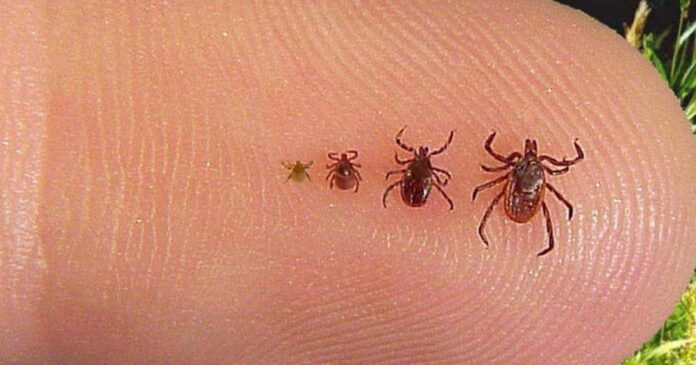Tick bites are a common occurrence, especially during outdoor activities such as camping, hiking, and gardening. Unfortunately, some ticks carry dangerous diseases like Lyme disease, which can cause serious health problems if left untreated. It’s essential to know how to identify tick bites, what symptoms to look for, and how to prevent them. With the right information, you can take the necessary steps to protect yourself and your loved ones from the harmful effects of tick bites and Lyme disease.
Lyme disease is becoming increasingly prevalent and it is estimated that approximately 300,000 cases are reported in the United States each year. Early detection and treatment of Lyme disease is crucial to prevent long-term health problems, so it’s important to educate yourself on how to identify tick bites and take the necessary steps to prevent them. With this information, you can take an active role in protecting yourself and your family from the harmful effects of tick bites and Lyme disease.
Lyme disease and symptoms
Lyme disease is a bacterial infection caused by the bacterium Borrelia burgdorferi, which is transmitted to humans through the bite of infected black-legged ticks. Lyme disease is a serious condition and early identification and treatment is crucial to prevent long-term health problems.
Symptoms of Lyme disease can be variable and may include:
-Rash that is red and expanding in size, often with a bull’s-eye pattern
-Fever
-Chills
-Fatigue
-Headache
-Muscle and joint aches
-Swollen lymph nodes
How to prevent yourself from getting bitten
Preventing tick bites is the best way to avoid Lyme disease. Some preventive measures include:
– Wearing long sleeves and pants when hiking in wooded or grassy areas.
– Using tick repellents containing DEET or permethrin on skin and clothing.
– Checking your body and clothing for ticks after outdoor activities.
– Keeping grass and underbrush trimmed around your home and playgrounds.
– Taking care when removing attached ticks, to prevent infection.
If you’re bitten
CLICK NEXT PAGE BELOW TO CONTINUE READING …

